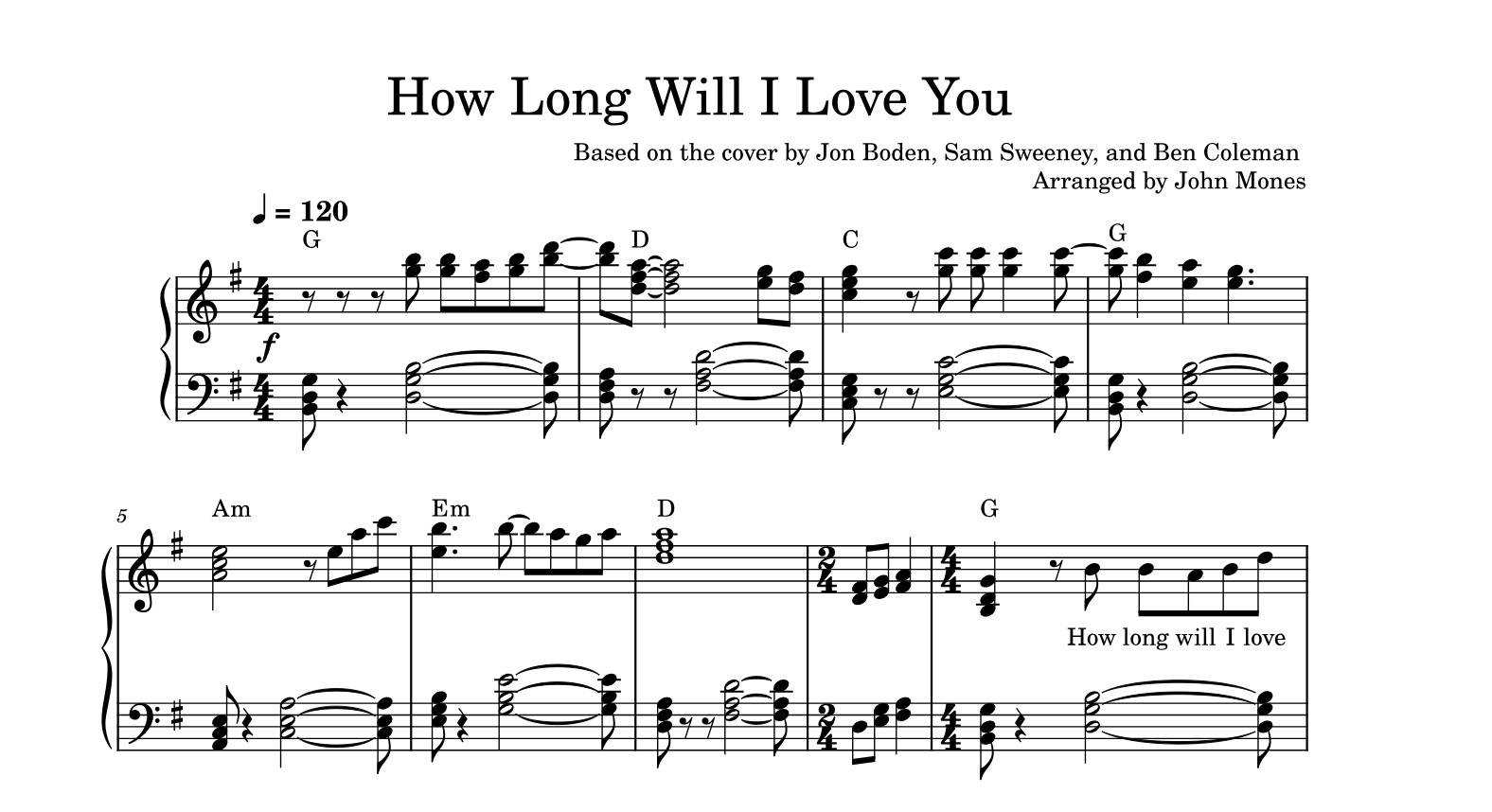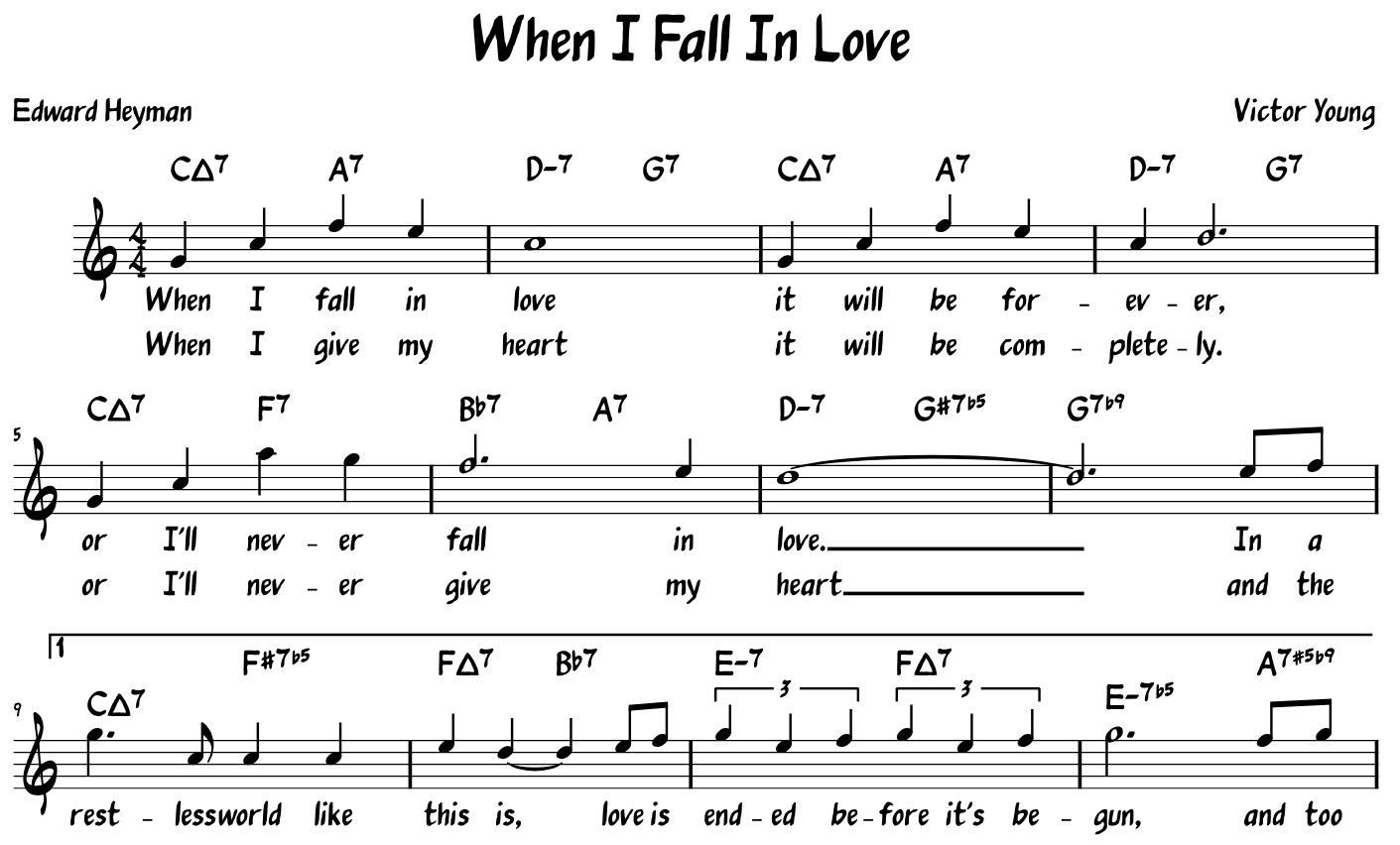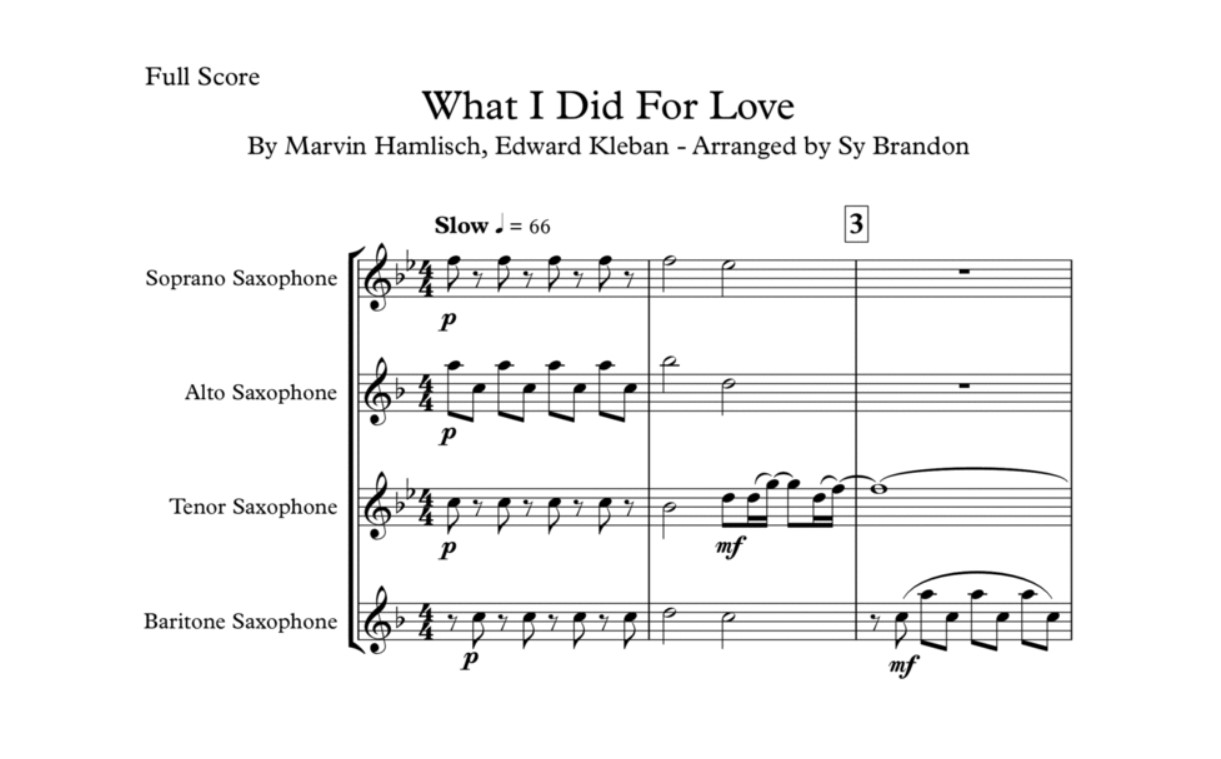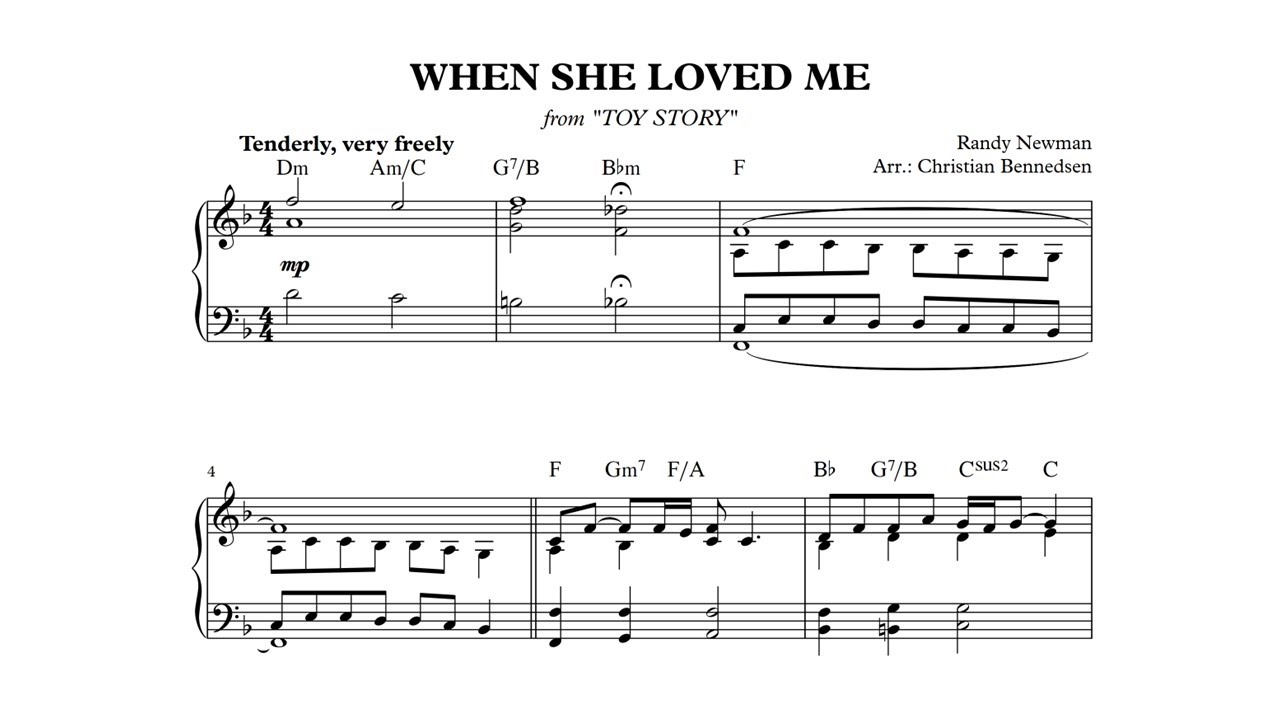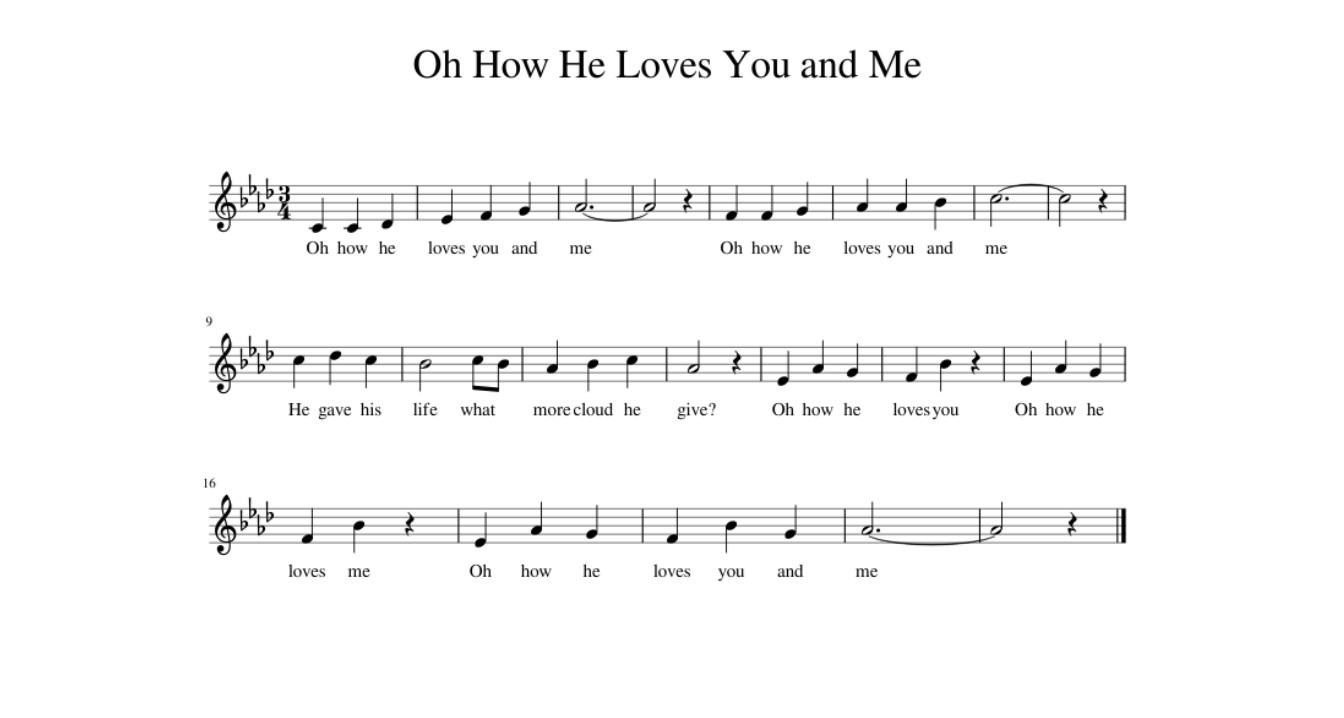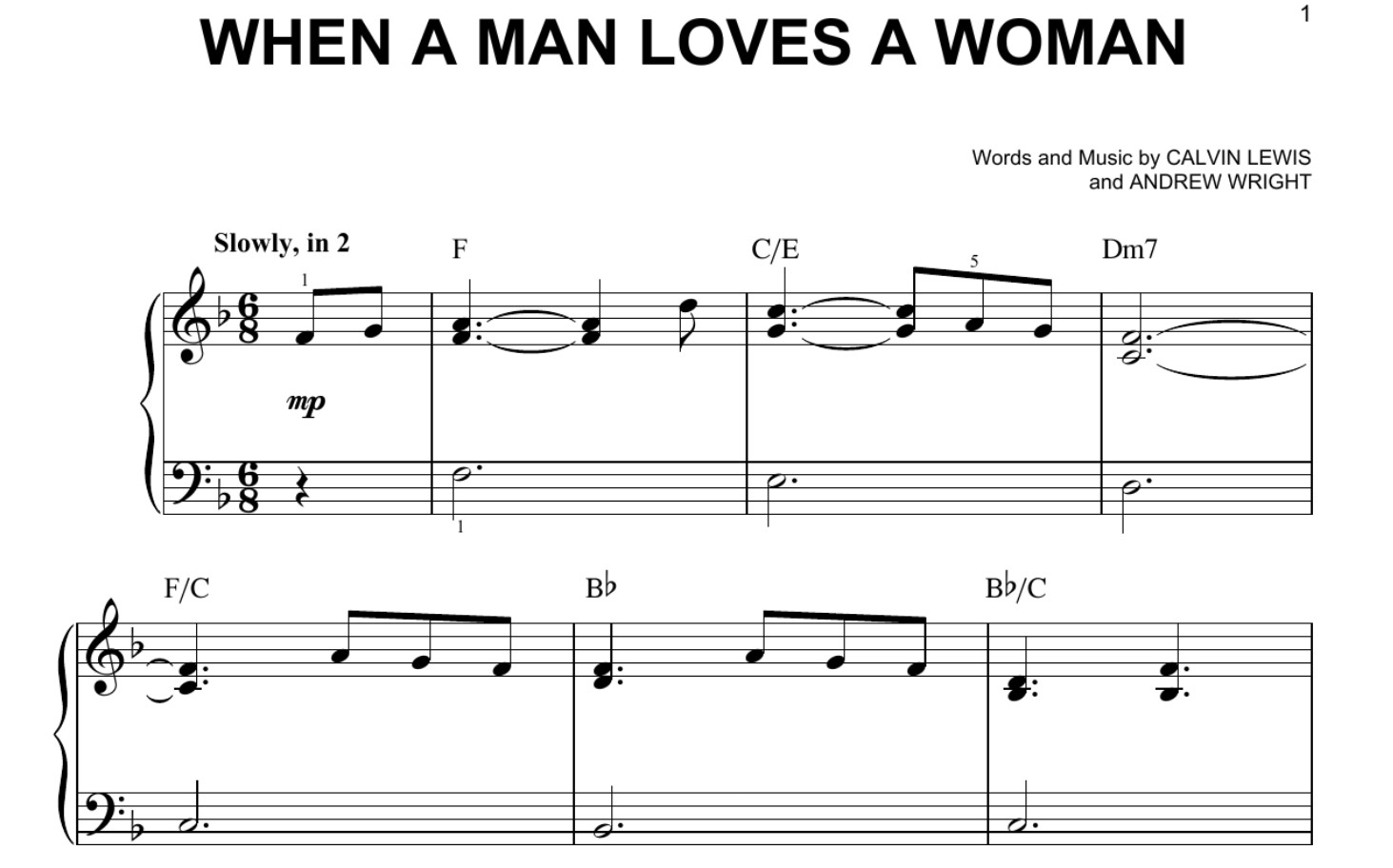Home>Production & Technology>Sheet Music>How Lovely Are Thy Dwellings Brahms Sheet Music


Sheet Music
How Lovely Are Thy Dwellings Brahms Sheet Music
Modified: January 22, 2024
Explore the beautiful Brahms sheet music collection. Find the enchanting arrangements and experience the joy of playing your favorite compositions with our sheet music selection.
(Many of the links in this article redirect to a specific reviewed product. Your purchase of these products through affiliate links helps to generate commission for AudioLover.com, at no extra cost. Learn more)
Table of Contents
Introduction
Welcome to the enchanting world of sheet music, where notes come to life on the pages and melodies sweep us away on a magical journey. In this article, we will dive into the captivating composition titled “How Lovely Are Thy Dwellings” by the renowned composer Johannes Brahms.
Brahms, a German composer and pianist of the Romantic era, is widely regarded as one of the most influential figures in classical music. His compositions showcase a rich blend of emotional depth, intricate harmonies, and technical brilliance.
“How Lovely Are Thy Dwellings” is a sublime piece that is part of Brahms’ larger choral work, known as the “German Requiem.” This monumental masterpiece, composed between 1865 and 1868, consists of seven movements that explore themes of life, death, and solace.
Within the “German Requiem,” “How Lovely Are Thy Dwellings” stands out as a poignant and uplifting movement. Its gentle melodies, harmonious choir arrangements, and profound lyrics evoke a sense of spiritual and emotional solace. This piece has become a favorite among choirs and vocal ensembles, captivating audiences with its ethereal beauty.
Throughout this article, we will not only delve into the historical and musical background of Brahms’ “How Lovely Are Thy Dwellings,” but also provide valuable insights and performance tips for those who wish to explore and perform this exquisite piece. So, let’s embark on this musical journey and discover the extraordinary world of Brahms’ sheet music.
Background of “How Lovely Are Thy Dwellings” by Brahms
“How Lovely Are Thy Dwellings” is the fourth movement of Brahms’ monumental “German Requiem.” The composition, often referred to as Brahms’ greatest choral work, is a masterpiece that showcases his musical genius and profound spirituality.
Composed between 1865 and 1868, the “German Requiem” was not your typical requiem mass. Unlike traditional requiems, which are based on the Latin text of the Catholic Mass for the Dead, Brahms chose to create a unique and deeply personal work. He selected biblical texts from the Lutheran Bible, focusing on themes of comfort, solace, and hope in the face of mortality.
“How Lovely Are Thy Dwellings” is based on Psalm 84 in the Bible, specifically verses 1-4. The text speaks of the beauty and allure of God’s dwelling place and expresses the longing and yearning to be close to the divine presence. Brahms masterfully captures the essence of these verses through his melodic lines and lush harmonies, creating a sense of spiritual and emotional upliftment.
One intriguing aspect of Brahms’ composition is his choice to write the “German Requiem” in the vernacular German language instead of the customary Latin. This decision allowed the work to resonate on a deeper level with the German-speaking audience, as it touched upon universal themes of comfort and hope in times of sorrow.
Upon its completion, the “German Requiem” had its premiere in Leipzig, Germany, on February 18, 1869, with Brahms himself conducting. The performance was met with great acclaim, solidifying Brahms’ reputation as a masterful composer.
Since then, “How Lovely Are Thy Dwellings” has become a popular selection for choirs and vocal ensembles around the world. Its melodic beauty, intricate harmonies, and powerful emotional impact continue to captivate performers and audiences alike.
Through “How Lovely Are Thy Dwellings,” Brahms invites us to experience a transcendent connection to the divine through music. It is a testament to his ability to weave together the human experience with the spiritual realm, leaving a lasting impact that resonates with listeners to this day.
Overview of Brahms’ Sheet Music
Johannes Brahms, one of the most influential composers of the Romantic era, leaves behind a vast musical legacy. His sheet music encompasses a wide range of genres, including symphonies, chamber music, piano works, choral compositions, and more. Let’s take an overview of Brahms’ sheet music and explore the diverse musical worlds he crafted.
One of the most notable aspects of Brahms’ sheet music is his mastery of writing for the piano. His compositions for solo piano, such as the Variations and the Rhapsodies, showcase his virtuosic piano technique and his ability to create captivating melodies and harmonic depth. Pieces like the famous “Intermezzi,” “Capriccios,” and “Ballades” delve into a rich palette of emotions, ranging from contemplative to exuberant.
Brahms’ symphonies, a cornerstone of orchestral repertoire, are monumental works that showcase his symphonic writing skills. With deep thematic development, lush orchestrations, and powerful emotional journeys, his four symphonies, particularly the celebrated Symphony No. 4, are beloved by both musicians and audiences alike.
In addition to his solo piano and symphonic works, Brahms’ chamber music compositions hold a special place in the repertoire. His string quartets, piano trios, and sonatas for violin and piano are renowned for their intricate counterpoint, expressive melodies, and profound emotional depth. Notable examples of his chamber music include the Piano Quartet No. 1, the Violin Sonata No. 3, and the String Sextet No. 2.
Brahms’ choral compositions, such as his renowned “A German Requiem,” demonstrate his mastery in writing for voices. Alongside “How Lovely Are Thy Dwellings,” this requiem incorporates captivating vocal lines, rich harmonies, and profound texts to create a deeply spiritual and moving experience.
It is worth noting that Brahms’ sheet music often explores a wide range of emotions. From tender lyricism to passionate intensity, his compositions evoke a broad spectrum of human experiences. By incorporating elements of both classical structure and romantic expression, Brahms crafts works that are timeless and continue to resonate with audiences today.
Whether you are a pianist, an orchestral musician, a chamber music enthusiast, or a choral singer, Brahms’ sheet music offers a rich and diverse repertoire to explore. Each composition invites you to delve deep into the intricacies and nuances of his musical world, providing a rewarding and captivating musical journey.
Analysis of “How Lovely Are Thy Dwellings”
“How Lovely Are Thy Dwellings” is a profound and beautiful composition by Johannes Brahms that showcases his impeccable craftsmanship and ability to evoke a sense of spiritual transcendence. Let’s delve into the musical elements and structural characteristics that make this piece a captivating masterpiece.
The piece begins with a gentle and flowing melody in the soprano voices, accompanied by lush harmonies in the other vocal parts. Brahms’ masterful use of voice leading creates a sense of seamless movement and a rich tapestry of sound. The melodic lines intertwine and soar, painting a vivid picture of the divine dwelling places described in the biblical text.
Throughout the piece, Brahms employs a variety of dynamic and expressive markings to convey the emotional depth of the text. From delicate pianissimos to powerful crescendos, the dynamic range allows for a powerful and nuanced interpretation of the piece. The harmonies shift subtly, alternating between major and minor tonalities, adding complexity and depth to the composition.
One notable feature of “How Lovely Are Thy Dwellings” is the lush and rich choral textures. Brahms masterfully balances the vocal parts, allowing each voice to contribute to the overall harmonic and melodic tapestry. The counterpoint and harmonic interplay create a sense of complexity and depth, while still maintaining a transparent and luminous texture.
The form of the piece follows a loose ABA structure, with the opening section returning towards the end, framing a contrasting middle section. The contrast between the lyrical opening and the more dramatic middle section adds a dynamic and emotional arc to the composition. The middle section explores darker harmonies and a more intense emotional atmosphere, representing the longing and yearning expressed in the text.
The piece concludes with a return to the serene and gentle opening theme, providing a sense of resolution and tranquility. Brahms’ skillful use of a cappella choral writing in the final bars adds a mystical and ethereal quality, leaving a lasting impression on the listener.
“How Lovely Are Thy Dwellings” is a testament to Brahms’ ability to capture the essence of the text in his compositions. Through his masterful use of melodic lines, harmonic complexity, and expressive nuances, he creates a musical setting that deeply resonates with listeners, evoking a sense of awe, solace, and connection to the divine.
Performance Tips for Brahms’ “How Lovely Are Thy Dwellings”
Performing Brahms’ “How Lovely Are Thy Dwellings” requires careful attention to detail and a nuanced approach to capture the essence of this beautiful composition. Here are some performance tips to help you bring this piece to life and deliver a compelling rendition:
- Understand the text: Start by diving deep into the biblical text that Brahms set to music. Read and study the verses from Psalm 84 that inspired the composition. Familiarize yourself with the meaning and imagery to better convey the emotions and the spiritual journey expressed in the text.
- Balance the vocal parts: Pay close attention to the choral blend and balance. Each vocal part should be distinct and yet blend harmoniously, creating a seamless tapestry of sound. Work on achieving a unified sound that allows the beautiful harmonies to shine while still highlighting the individual voices.
- Expressive dynamics and phrasing: Use Brahms’ dynamic and expressive markings as a guide to convey the emotional depth of the composition. Explore the full dynamic range, from delicate pianissimos to powerful crescendos. Shape the phrases with musicality, emphasizing the emotional peaks and valleys of the piece.
- Create contrast: Highlight the contrasting sections of the piece to enhance the emotional impact. Emphasize the lyrical and serene opening with a warm and gentle tone, and then transition to a more dramatic and intense tone in the middle section. The contrast will accentuate the emotional journey of the music.
- Pay attention to breath control: Since “How Lovely Are Thy Dwellings” is an a cappella composition, breath control is crucial. Work on maintaining a steady and controlled breath throughout the piece, especially during longer phrases. Use appropriate breath marks and plan your breathing ahead to ensure smooth and uninterrupted lines.
- Articulation and phrasing: Pay careful attention to articulation and phrasing. Brahms’ music often requires precise and nuanced articulation to bring out the intricacies of the vocal lines. Focus on shaping the phrasing with clarity, using legato and staccato techniques to enhance the musical expression.
- Emotional connection: Connect with the emotional core of the piece and convey its spiritual and transcendent qualities. Let the music touch your heart and allow your performance to reflect the deep emotions and the sense of awe and solace expressed in the text.
By employing these performance tips, you can bring out the beauty and power of Brahms’ “How Lovely Are Thy Dwellings” and deliver a moving and memorable rendition that resonates with both performers and audiences.
Conclusion
Johannes Brahms’ “How Lovely Are Thy Dwellings” is a captivating composition that transports listeners to a realm of spiritual contemplation and emotional solace. Through its lyrical melodies, lush harmonies, and profound text, Brahms invites us to experience a deep connection with the divine.
As we have explored the background, analysis, and performance tips for this exquisite piece, we have witnessed the artistry and genius of Brahms at work. His meticulous attention to detail, expressive nuances, and brilliant composition techniques elevate “How Lovely Are Thy Dwellings” to the status of a timeless masterpiece.
Whether you are a performer, a music enthusiast, or simply appreciate the beauty of classical music, Brahms’ sheet music, and specifically “How Lovely Are Thy Dwellings,” offer a captivating experience. Through his music, Brahms speaks to the human heart, reminding us of the power of music to evoke emotion, inspire introspection, and provide solace.
As you embark on your journey with Brahms’ sheet music, whether as a performer or a listener, take the time to immerse yourself in the text, understand the nuances of his compositions, and explore the depths of his musical world. Let the melodies and harmonies transport you to a place of contemplation, reflection, and awe.
Remember that each performance of “How Lovely Are Thy Dwellings” is an opportunity to share in Brahms’ musical legacy and convey the profound emotions embedded within the music. Approach the piece with sensitivity, attention to detail, and a deep connection to the text, and you will create a truly memorable and impactful performance.
As we conclude our exploration of Brahms’ “How Lovely Are Thy Dwellings,” let us carry the beauty and solace of this composition with us, allowing its melodies and harmonies to inspire and uplift us in our journey through the world of sheet music. Brahms’ music continues to resonate with audiences, transcending time and reminding us of the enduring power of music as a conduit for human emotions and spiritual expression.

